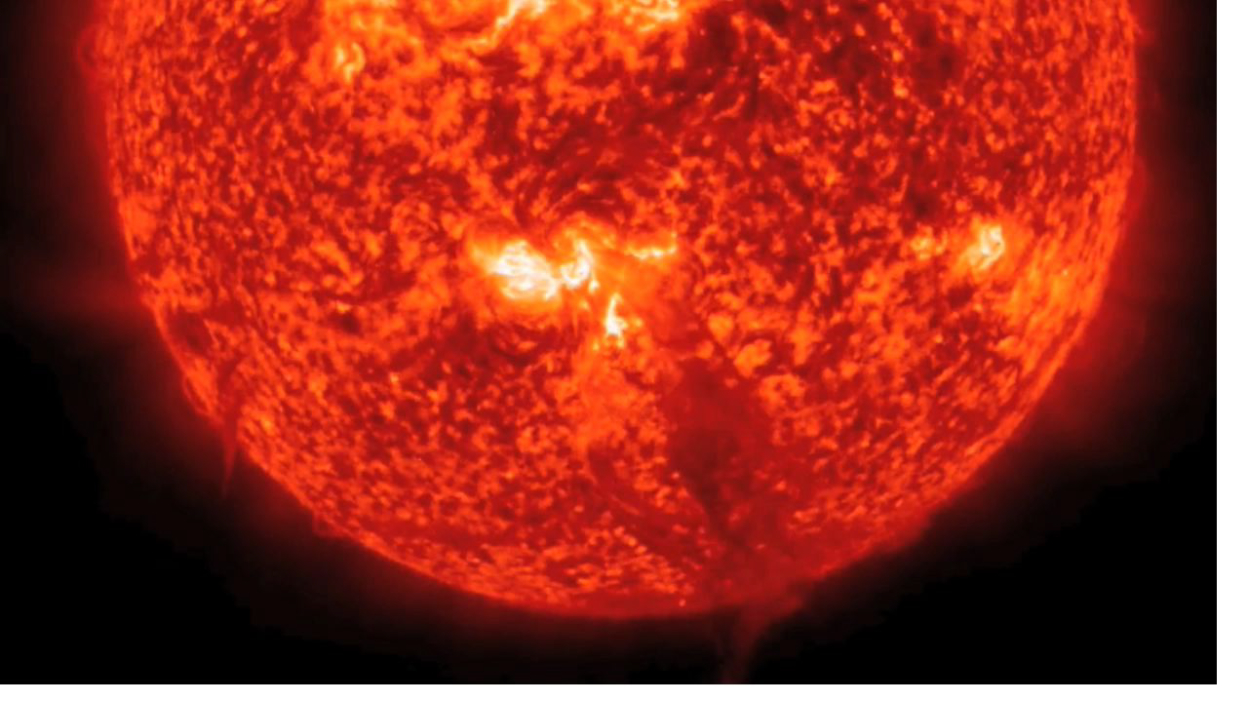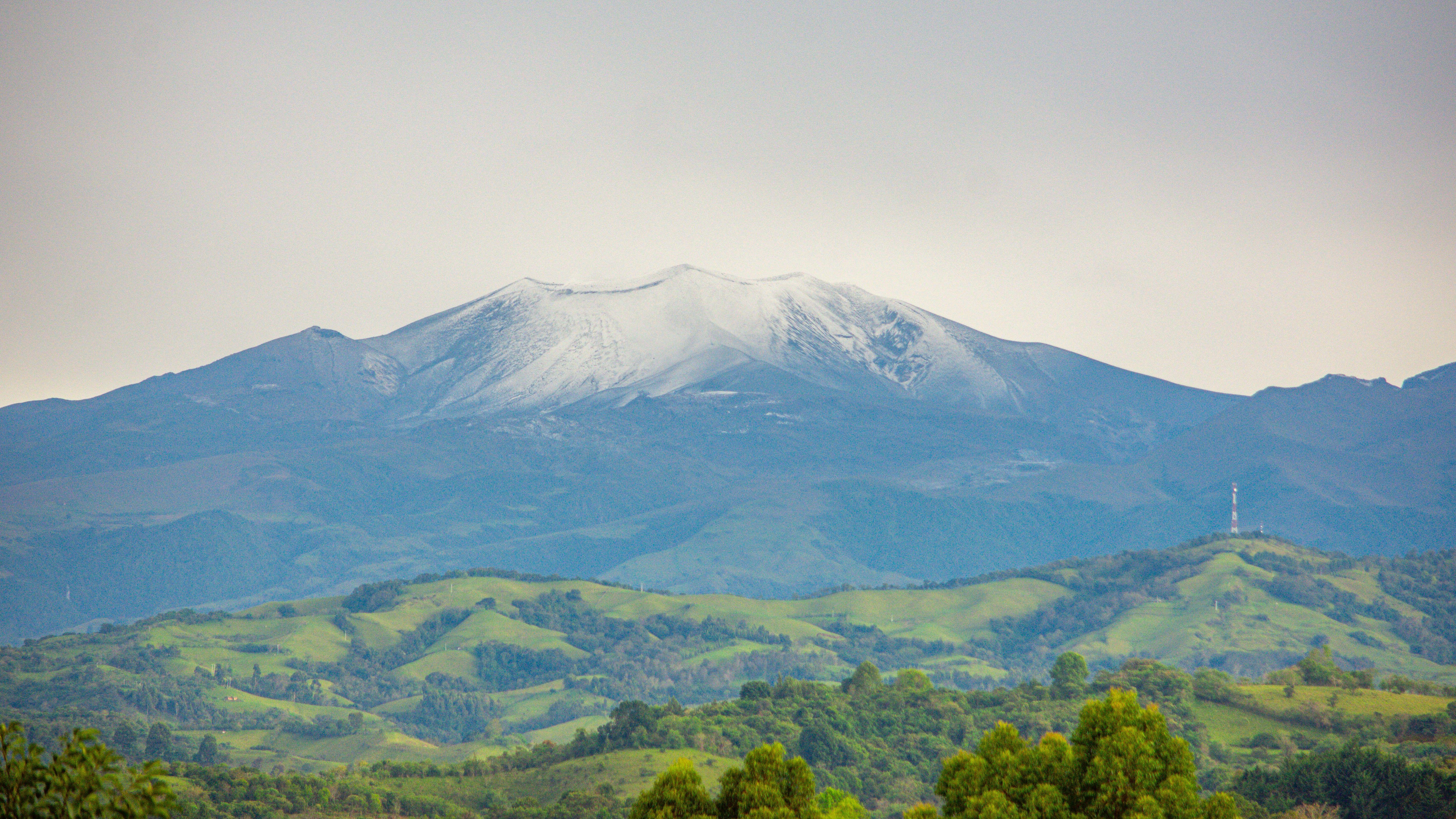Solar Flare's Red Glare: Sun Unleashes Early Fourth of July Fireworks

The sun erupted with a powerful solar flare Monday (July 2) in an early solar fireworks display just in time for the Fourth of July. A wave of plasma from the flare could reach Earth by the U.S. Independence Day holiday on Wednesday, July 4.
The sun storm came from a large sunspot called AR1515 that is now rotating across the Earth-facing side of the sun. It unleashed an intense solar flare at 6:43 a.m. EDT (1043 GMT) today in what is expected to be one of several strong solar storms in the days ahead, space weather officials said.
Several space telescopes are monitoring the sun around the clock, with NASA's Solar Dynamics Observatory spacecraft capturing video of today's solar flare.
The flare registered as a class M5.6 solar storm on the scale used by astronomers to measure the sun's weather. The sun's strongest storms come in three primary classes. The weakest storms are C-class flares, which have little effects that can be felt on Earth. M-class flares are moderate solar storms that can supercharge the Earth's northern lights displays.
The strongest solar storms are X-class events. When aimed at Earth, the most powerful X-class solar flares can endanger spacecraft and astronauts in orbit, interfere with satellite signals, as well as damage power lines and other infrastructure on the ground.
According to Spaceweather.com, a night sky observing and space weather tracking website run by astronomer Tony Phillips, the solar flare unleashed a wave of charged plasma called a coronal mass ejection (CME), but the particles were not aimed squarely at Earth.
"The eruption also hurled a CME into space, but not directly toward Earth. The south-traveling cloud could deliver a glancing blow to our planet's magnetosphere on July 4th or 5th," Spaceweather.com wrote.
Get the world’s most fascinating discoveries delivered straight to your inbox.
Editor's note: If you snap a photo of sunspot AR1515 or any amazing northern lights photos this week and you'd like to share them for a possible story or image gallery, please send images and comments to managing editor Tariq Malik at tmalik@space.com.
This story was provided by SPACE.com, a sister site to LiveScience. You can follow SPACE.com Managing Editor Tariq Malik on Twitter @tariqjmalik. Follow SPACE.com on Twitter @Spacedotcom. We're also on Facebook and Google+.

Tariq is the editor-in-chief of Live Science's sister site Space.com. He joined the team in 2001 as a staff writer, and later editor, focusing on human spaceflight, exploration and space science. Before joining Space.com, Tariq was a staff reporter for The Los Angeles Times, covering education and city beats in La Habra, Fullerton and Huntington Beach. He is also an Eagle Scout (yes, he has the Space Exploration merit badge) and went to Space Camp four times. He has journalism degrees from the University of Southern California and New York University.



